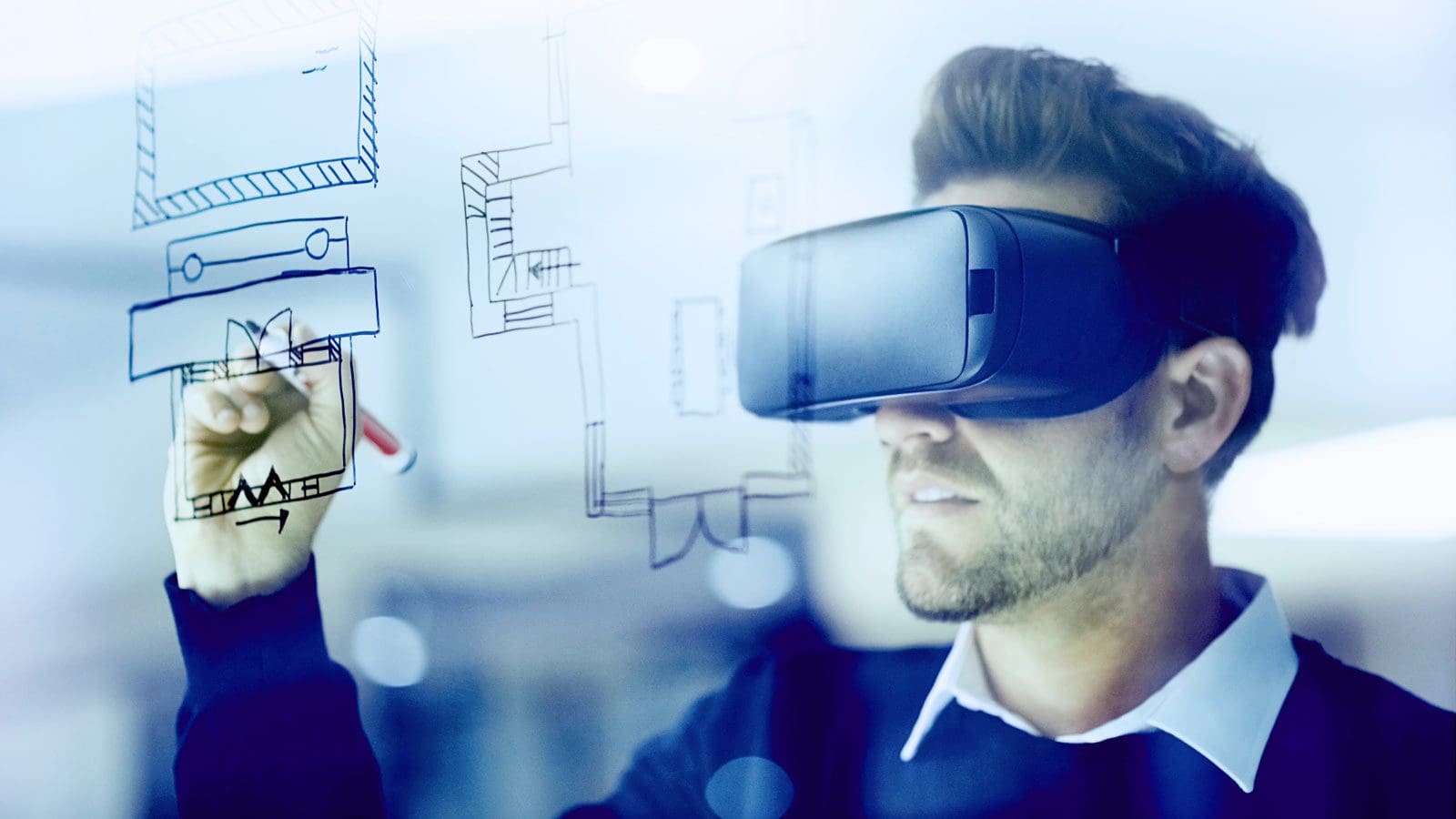Head-mounted displays (HMDs) for virtual reality (VR) began arriving in the global marketplace in the mid 2010s, and their initial popular uptake quickly confirmed developers’ belief in their promise across a wide range of application areas including medicine, education, art, and especially gaming.
But almost as quickly, a hurdle to adoption began to reveal itself among a significant percent of early users: a motion sickness that seemed particular to the HMDs and their three-dimensional views. In some cases, this 3D motion sickness was severe enough that people were being turned off to using the HMDs altogether—no matter how compelling the content. It became obvious that widespread popular expansion of the technology innovation would be hindered until the industry confronted the motion-sickness problem.
Individual providers of hardware and content put in their own cycles in alleviating the issue as it pertained to their offerings. While those efforts delivered important progress and lessons learned, they also were marked by significant duplicated effort and expense, uncoordinated approaches, and uneven success.
Out of the market dilemma grew significant activity in the world’s standards development communities, and 2020 brought the approval of the first global, open standard for this space: IEEE 3079™, IEEE Approved Draft Standard for Head Mounted Display (HMD) Based Virtual Reality (VR) Sickness Reduction Technology. Additional standards development work in the field is underway at the IEEE Standards Association (IEEE SA), with other projects sure to follow as hardware makers and content designers continue to drive toward more comfortable and compelling virtual, augmented, and reality experiences for their growing number and range of users around the world.
Landmark Standard
Why were VR users feeling sick when using HMDs when they had not reported the same illnesses when experiencing content through their computer monitors? This was the first question the industry had to address in identifying what hardware and content design adjustments could be undertaken to tackle the issue. We had to figure out why people were reacting this way.
What the industry learned was that the 3D motion sickness was being caused by a severe mismatch of information between the motion sensed by the user’s eyes and what was being sensed by the user’s inner-ear vestibular system involved with controlling balance. This was nothing new—a user having to adapt to his or her body being stationary while the visual sensor system perceived movement. The new wrinkle introduced by the 3D HMDs was the giant field of view in which a user was totally immersed. Furthermore, the discomfort could be exacerbated by factors such as image resolution, cursor delay, and content not being rendered quickly enough (for example, when a user turns her or his head from one direction to another).
Members of the IEEE 3079 Cybersickness Reduction Working Group looked at data such as a user’s visual response related to focal distortion, lens materials, lens refraction, and frame rates per second. The IEEE standard that the working group put together delivers landmark technical guidance intended to help resolve the 3D sickness problem and influence 3D content developers, service providers, HMD manufacturers, HMD-based content service providers, and 3D-display panel manufacturers in their designs.
Ongoing Collaboration
Designers across the virtual, augmented, and mixed reality industry need more reference points for content in other genres and formats, and so, related standards development continues in the IEEE 3079 working group.
- IEEE P3079.1™, Draft IEEE Standard for Motion to Photon (MTP) Latency in Virtual Environments, for example, is being developed to specify the requirements and test methods related to the time lapse between a user’s movement and what appears on the user’s screen and how that lag relates to motion sickness.
- IEEE P3079.2™, Draft IEEE Standard Mixed Reality (MR) Standard Framework for Motion Learning, is intended to help better synchronize content with devices to reduce cybersickness. For example, mechanisms to synchronize motion sensors and a projector coordinate system are being defined. Motion acquisition methods, application programming interfaces, and user interfaces are being described in the forthcoming IEEE standard.
Seeking Diverse Perspectives
The industry deemed IEEE SA to be the right venue to develop the family of standards for a number of reasons. One of the most important is that it gives the IEEE 3079 working group the freedom to bring in individual experts, as IEEE membership is not required to participate in standards development. This is important because it is not only hardware and content designers whose contributions will be needed to identify and fully address all of the aspects entailed with the cybersickness problem moving forward. For example, psychologists and doctors might have valuable input to offer to tackle some of the human factors that our industry seeks to cover in future standards.
In addition, IEEE SA offers our industry crucial connections with global expertise across an unmatched scope of technology spaces. As virtual, augmented, and mixed reality continue to pervade more and more areas of life, access to potential collaborators in other industries will grow more important to averting or assuaging cybersickness among users.
During this COVID-19 pandemic, when association with people in real spaces is limited, it’s critical that our industry works together to most efficiently forge the best possible virtual experiences. The IEEE 3079 Cybersickness Reduction Working Group welcomes your engagement in our collaborative efforts. Learn more about IEEE 3079 Draft Standard for Head Mounted Display (HMD) Based Virtual Reality (VR) Sickness Reduction Technology.
Author: Dillon Seo, IEEE 3079 Cybersickness Reduction Working Group Chair








